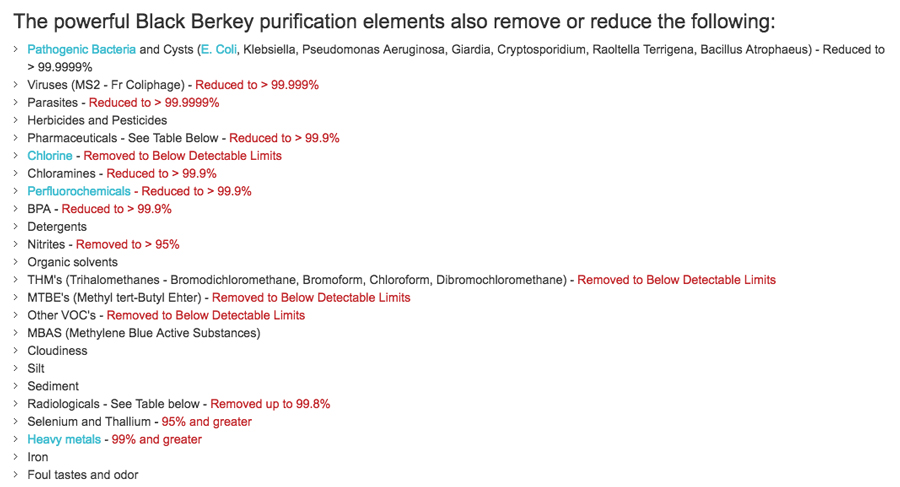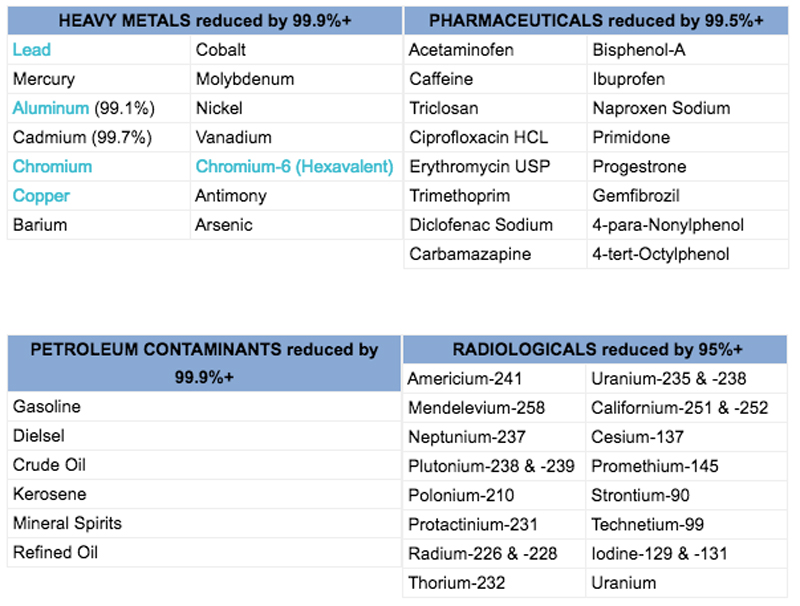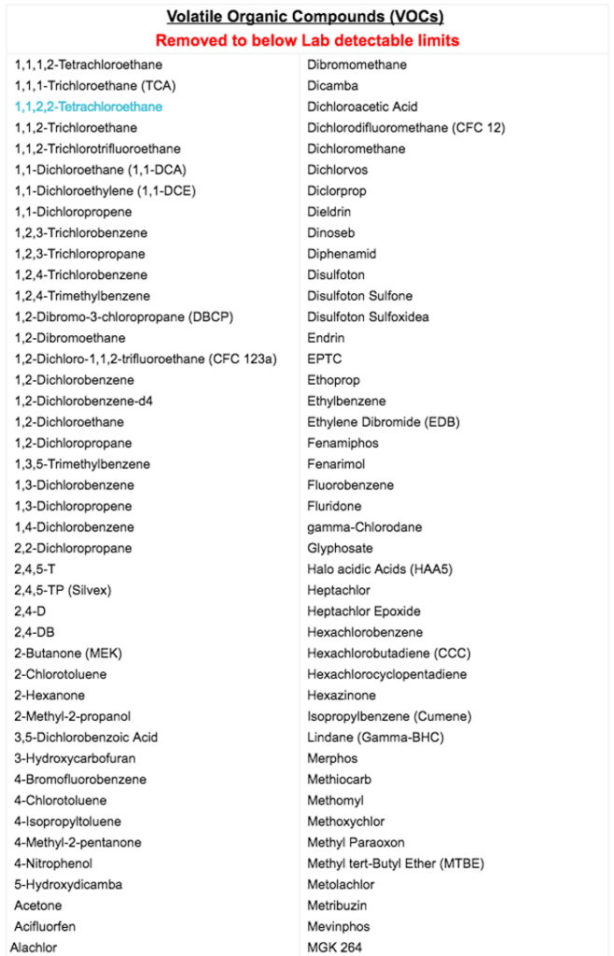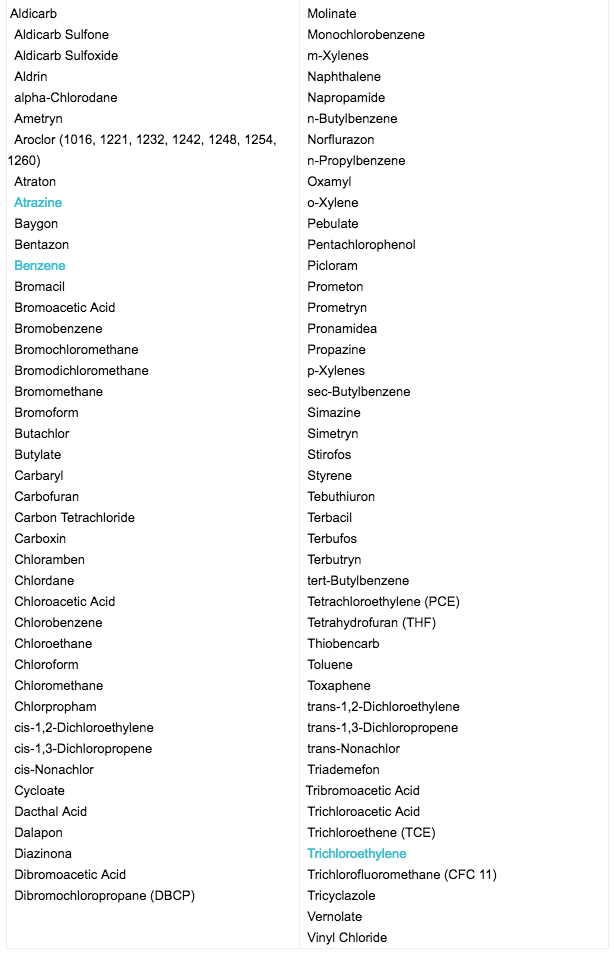Hurricane Irma was a disaster before it even struck. For a week before the storm raged over the state of Florida, everyone here was a whirlwind of anxiety and emotion. Or maybe instead of whirlwind, I should stay pendulum, since our emotions swung back and forth as often as the track of the storm.
Normally, Floridians take hurricanes in stride. Florida natives see hurricanes as a matter of course. Sure, there’s a little flooding and trees fall over, but nothing major. In the days before a hurricane or a tropical storm, you’ll see event invites pop up on Facebook for hurricane parties, and sometimes restaurants or dance venues hold events in collective defiance of the storm.
But Hurricane Irma was different. Almost a week before it made landfall, we got the news that it was a Cat 4 and growing. In fact, it was wider than the entire state of Florida.
Spaghetti models showed it going every which way, with no certainty, so we stayed glued to our local news stations 24/7 and hoped and prayed for the best.
#HurricaneIrma #irma this is what I’m seein’.. pic.twitter.com/fIlLAFEUDa
— southernwhoddey (@southernwhoddey) September 4, 2017
Having just witnessed the devastation left in the wake of Hurricane Harvey, news of Irma looked like impending doom. And not just for part of Florida. All of Florida.
As a state, business-as-usual was disrupted. For 6 days before the storm, we stocked up on water, non-perishable food, and gasoline; generators, plywood, and Tapcons®. People waited in line upwards of 4 hours for their 10 allotted sandbags. Two days before the storm, meteorologists were predicting the storm would make landfall in Miami, and officials gave the order to evacuate the Florida Keys and most of Miami city. And one day before the storm, gas ran out for real.
Over 6 million Floridians were under orders to evacuate, and there was no gas to get out. People were getting stranded on the Florida Turnpike or halfway up I-75 trying to get out of the path of the hurricane. Except, there was nowhere to go to get out of the path. Not for miles. With a storm wider than the entire state and a huge risk of getting stuck on the road due to gas shortages, many of us opted to stay put and ride it out.
Still, staying local mean didn’t mean staying home. Residents in mobile homes and those of us in flood zones (like me) packed our houses in the best possible way to withstand the storm, but also as if we might not see them again.
For days, I put things in ziploc bags, plastic bins, and waterproof containers. Just like you’d do in a tornado, I moved everything important to the center of the house, in a closet, as far away from windows as possible, just in case a window broke. Since there was no plywood to be found for over 100 miles, the windows stayed un-boarded, vulnerable.
I packed my freezer full to keep it cold as long as possible in case of a power failure. Everything perishable in the fridge got eaten. Batteries were purchased. Important documents scanned.
I scrubbed and cleaned my bathtubs and a large plastic trunk, and then filled those with water.
In case of flooding, everything that could be lifted off the ground in my house was lifted. In case of the room getting blow off? The only prescription was prayer.
The storm was due to hit Sunday night and blow well into Monday morning. But the outer bands of the storm were reaching their fingers into the Tampa Bay (where I live), by Saturday morning. Just after noon on Saturday, I finished packing what little belongings I could carry, along with my cat, looked one last time and locked the door to my house and all my adult worldly possessions for what might be the last time.
Evacuation #1: Saturday, Sept. 9, 2017 @ 12:00 HOURS
So here’s the timeline. Saturday afternoon, I left my house and evacuated to a friend’s apartment that was outside of a flood zone. However, by Saturday night, the news was saying that the track had shifted and the eye of the storm was due to pass RIGHT OVER Tampa Bay in 24 hours. The 11pm update showed the eye passing right over the airport, and we were sitting pretty just north of the airport.
By midnight, we had made the decision to evacuate to Atlanta.
Evacuation #2: Saturday, Sept. 10, 2017 @ 0:00 HOURS
We piled in the car with pillows, blankets, food, kids, coffee, and Sophie cat. The gas tank was full and our local news station said to get out, that there would be gas (though limited) on the way out. So we left Tampa and headed up I-75. Just outside of Gainesville, we searched for gas, and found station after station closed and without fuel. We drove 40 more minutes withe me calling ahead and finally found a Shell station with a line for fuel. But FUEL.
We filled up and kept going, switching drivers every hour due to sheer exhaustion. Finally, after 9 hours, we made it to my aunt and uncle’s house, safe.
On Sunday night, Irma made landfall as a Cat 4 in southwestern Florida and raged through the state and on into Georgia. By the grace of God, in the 11th hour, the storm turned slightly west, just missing Tampa. Also, because it turned more inland, it didn’t pick up strength along the coast and degraded from at CAT 4 to a CAT 2. The real damage it did was knocking over trees and power lines. By the end of the storm, around 6.7 million homes and businesses were without power.
My neighborhood went without power for 8 days, and in the Florida heat, that’s brutal. Some neighbors had generators and (bless them) shared power with me for a day to save my grassfed beef freezer before I could move it to another friend’s house with power. Other people suffered in the nearly 100% humidity and 90˚F-100˚F heat.
And the stink. One thing you’ll never be able to imagine from the pictures of the aftermath is the hot, musty stink of rotting food and soggy trash, and the sweaty, pungent stink of unwashed constantly-sweating uncomfortable grumpy people.
Today is the 3rd day I’ve had power back since Hurricane Irma, and I don’t think I’ve ever been more thankful to have air conditioning. More than that, I’m thankful my house didn’t flood or have any major damage.
I’m also thankful for water.
I finally used my apocalypse water filter!
—In a disaster situation, that is. I technically use my Berkey water filter every single day, but I mean that I actually got to use it in a time of dire need!
While everyone around me was buying bottle water by the case, I knew that my Berkey water filter could filter literally anything. I have a 3.5 gallon one in my kitchen, as well as a quart sized travel system. Two days before the storm hit I started filling bathtubs, containers, pots and pans full of tap water. There was a real concern that we would not only lose power, but city water as well.
It was a wonderful feeling to know that during an emergency, I would be able to provide potable water for not only myself, but my neighbors, as well. I could just continually refill my Berkey with the water I’d stored. I also knew that it would be as clear and clean and delicious as the water I drink every day because of how the Berkey handles filtration.
The Black Berkey purification elements are the leader in water purification, and have been tested by State & EPA accredited laboratories to exceed EPA 7 ANSI / NSF (Std. 53) protocol.
“Black Berkey Purification Elements are more powerful than any other gravity filter element currently available. In fact, the Black Berkey purification elements have been tested with more than 10,000 times the concentration of pathogens per liter than is required by standard test protocol. This concentration of pathogens is so great that the post filtered water should be expected to contain 100,000 or more pathogens per liter (99.99% reduction – the requirement for pathogenic removal). Incredibly the purification elements removed 100%. Absolutely no pathogens were cultured from the effluent or were able to be detected, even under an electron microscope, setting a new standard in water purification.”
Also, Berkey purification elements are re-cleanable during their 3000 gallon.
Think about it. These filters have a 3000 gallon lifetime. Even if I drink 1 gallon of water a day, it would still take me 8.2 years before this filter will need to be replaced. Since I have two filters in the larger Royal Berkey, this rate is slowed by half.
What a difference ($$$) compared to monthly Brita filters that don’t even fully remove chlorine! Yuck!













